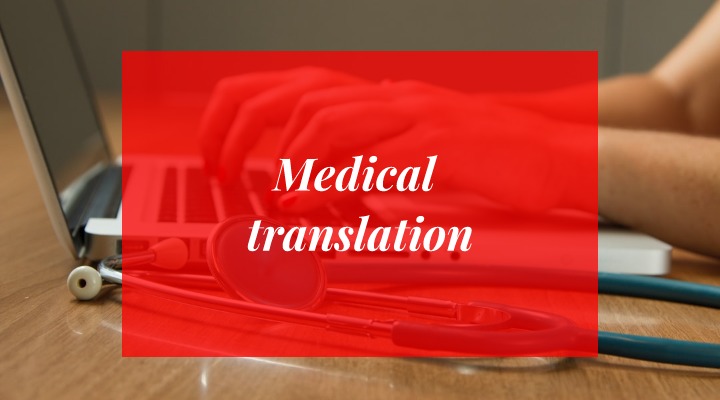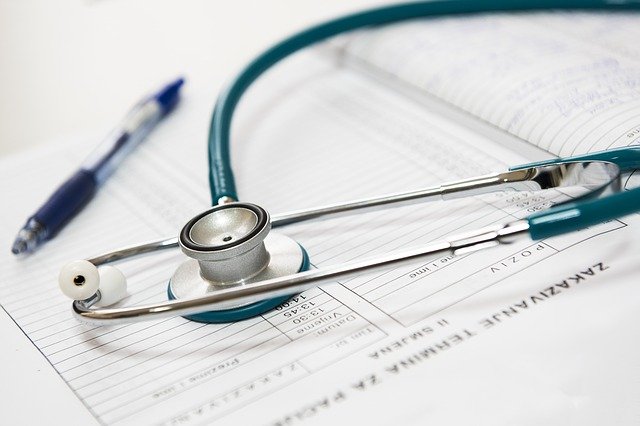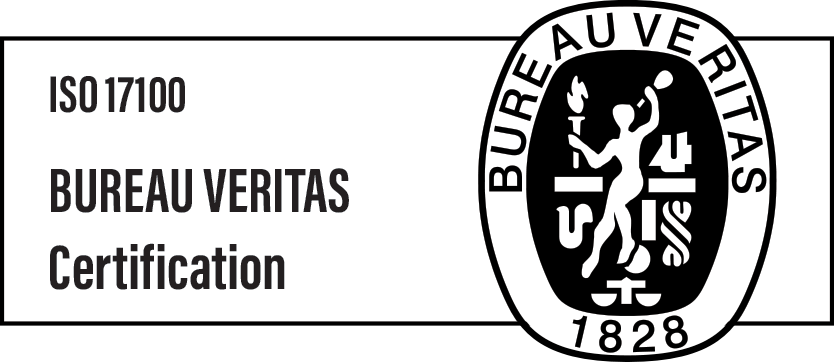Medical translation: an incredibly important and challenging specialism

At Aploq Translations, we provide all kinds of translation services, including medical translation. Today, we want to take a closer look at this. Translating any type of medical and pharmaceutical text is considered extremely difficult – and with good reason: it requires not only an excellent command of both languages (source and target), but also extensive knowledge of medicine, chemistry, biology and even, in some cases, Latin, which is still commonly used in medicine and pharmacy. And on top of all that, the health (and sometimes even the life) of patients is at stake!
Medical translation covers an extensive range of texts, from highly specialized scientific publications to promotional materials and practical information and guidelines for patients and their families.
The specificity of medical translations
As always, the translation needs to take into account the purpose of the text, the characteristics of the target group and the specificities of each language. For instance, texts addressing patients need to be easy for anyone, even readers with no medical education, to understand. Here, the main focus is on delivering a practical, easy-to-read and coherent message. A translation that contains a plethora of unnecessary detail and medical terminology will not only miss the mark but will also confuse patients.
On the other hand, when it comes to translating scientific publications, clinical trial protocols or information on drugs, it is crucial to maintain the highest level of accuracy and terminological consistency. Such texts need to contain the correct professional terminology.
NAMES AND ABBREVIATIONS
Medical texts are full of words derived from Latin and Greek. Abbreviations are also prevalent. In addition, eponyms (‘the name an object or activity that is also the name of the person who first produced the object or did the activity’[1]) are commonly used in Western medicine, which is extremely important from the translator’s perspective, as this has significant linguistic consequences.
In the medical context, eponyms may be derived from the names of the people who described diseases and symptoms for the first time or, less frequently, from the name of a patient. Although it would seem that eponyms should facilitate the work, it’s not always that easy. You see, eponyms have their roots in the history of medicine in a given country. This means that such terms are not always recognized internationally. For example, Leśniowski-Crohn disease (in Polish, Choroba Leśniowskiego-Crohna) is a typically Polish term. In English, the disorder is known simply as Crohn’s disease. Yes, it sounds similar, but a literal translation done without checking the terminology used in the country of the target language may lead to ambiguity.
Types of medical texts and the regulations governing them
The main medical texts that require translation can be categorized according to their purpose:
- Information materials/drug leaflets containing information for both patients and doctors
- Characteristics of medicinal products
- Translations for medical devices – manuals, accompanying documentation, specifications, etc.
- Documentation relating to clinical trials – protocols, patient consent forms, information for patients
- Hospital and medical documentation – excerpts, medical recommendations, diagnoses
- Training documentation – especially for nurses and other hospital staff
- Promotional materials – descriptions and promotional leaflets for medicines, press releases and publications, websites of pharmaceutical companies and service providers.
Knowledge of the standards governing medical texts is essential. Regarding information about products, such as package leaflets for medicines, for example, the European Medicines Agency (EMA)[2] produces strict guidelines, which are updated periodically.
In terms of the nomenclature of diseases, international standards apply. They include the following:
And finally, the translations of medicinal products, their packaging and pharmaceutical raw materials are regulated by the European Pharmacopoeia. This is a single reference work for the quality control of medicines. The official standards it contains provide a scientific basis for quality control during the entire life cycle of a drug.[6]

Find the perfect provider of medical translations
When looking for a professional translation agency to handle medical texts, pay attention to the agency’s experience in the medical field. It is always worth asking for references and for information regarding the types of texts that a given company has dealt with in the past.
Finally, a word of advice: if you have any glossaries or other auxiliary materials, do provide these to the agency of your choice. These materials play a crucial role and are particularly important to ensure that the terminology is consistent with that used in previously translated materials. This will help to avoid any ambiguities, for example regarding product names or the terminology commonly used in your company. Compliance in this will contribute to a fruitful cooperation and high-quality translations.
We would like to recommend ourselves for your medical translations as this is one of our areas of expertise. We frequently cooperate with doctors and other specialists who have comprehensive medical knowledge, and we have linguists with extensive experience in many different fields of knowledge, including various branches of medicine.
If you’re looking for medical translations, drop us a line. We will gladly answer your questions regarding this challenging but significant aspect of our work.
[1] https://dictionary.cambridge.org/dictionary/english/eponym
[2] https://www.ema.europa.eu/en
[3] https://www.icd10data.com/ICD10CM/Codes
[4] https://www.meddra.org/how-to-use/basics/multilingual
[5] https://www.psychiatry.org/psychiatrists/practice/dsm
[6] https://www.edqm.eu/en/european-pharmacopoeia-ph-eur-10th-edition

